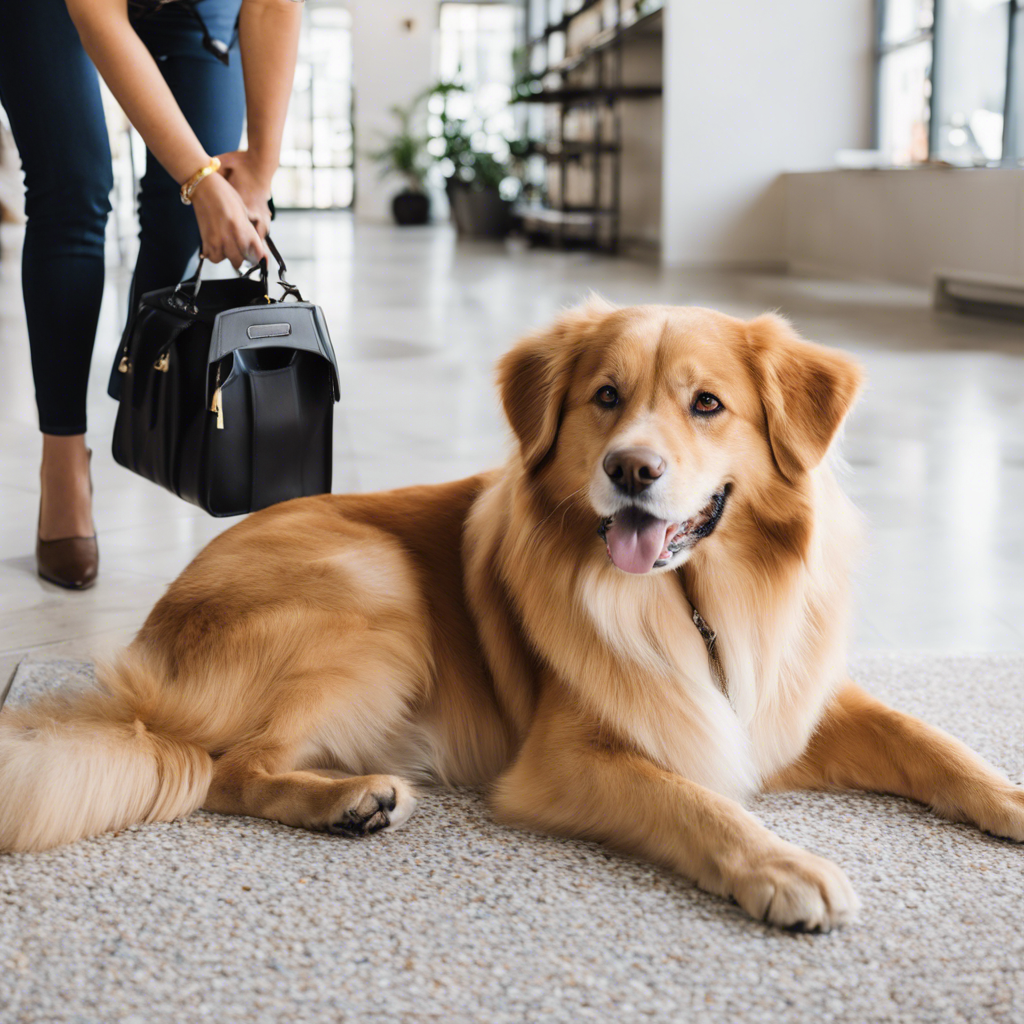Creating a safe and welcoming environment is essential when working with canine clients, whether you’re a dog trainer, groomer, or pet sitter. Dogs thrive in spaces that cater to their physical and emotional needs, promoting a positive experience and fostering strong relationships. Here’s how you can establish such an environment to ensure your canine clients feel secure and engaged.
**Understand Canine Behavior**
The foundation of a safe and engaging space lies in understanding dog behavior. Each dog is unique, with individual personalities, preferences, and past experiences that shape their behavior. By learning to read canine body language, you can identify signs of stress, fear, or excitement and adapt your approach accordingly. Recognize that dogs communicate through subtle cues like tail position, ear movement, and body posture. For instance, a wagging tail doesn’t always signify happiness; the tail’s height and the dog’s overall posture provide valuable context. Understanding these nuances allows you to respond appropriately, ensuring the dog feels comfortable and respected.
**Create a Calm and Comfortable Space**
The physical environment plays a significant role in how dogs perceive their surroundings. Design your workspace to be peaceful and inviting. Soft lighting, comfortable bedding, and soothing music can help create a relaxing atmosphere. Minimize loud noises and sudden movements that might startle sensitive dogs. Additionally, consider using pheromone diffusers or essential oils known for their calming properties, such as lavender or chamomile. These subtle scents can contribute to a more tranquil environment, reducing anxiety and promoting a sense of well-being.
**Offer Mental and Physical Stimulation**
Dogs crave mental and physical engagement, and incorporating interactive activities into your services can significantly enhance their experience. Provide a variety of toys and puzzles to stimulate their minds and offer appropriate physical exercise based on each dog’s needs and energy level. For instance, a game of fetch or a simple obstacle course can be both entertaining and enriching. Engaging their minds and bodies not only keeps dogs happy and healthy but also helps prevent behavioral issues stemming from boredom and excess energy.
**Implement Positive Reinforcement Techniques**
Positive reinforcement is a powerful tool in creating a positive experience for canine clients. Reward good behavior with treats, praise, or a favorite toy. This encourages dogs to repeat desired actions and builds their confidence. Avoid punishment-based methods, as they can create fear and anxiety, leading to behavioral issues. Training should focus on reinforcing positive behaviors and redirecting unwanted behaviors in a gentle and constructive manner. Many dogs respond well to clicker training, which is a clear and effective form of positive reinforcement that enhances the human-canine bond.
**Tailor Your Approach for Each Dog**
Every dog is an individual with unique needs and preferences. Personalize your interactions and services accordingly. Some dogs may enjoy plenty of cuddles and attention, while others may prefer their space and independent activities. By adapting to each dog’s personality, you can build trust and create a stronger connection. This individualized approach also extends to training methods, as not all dogs respond the same way to various techniques.

